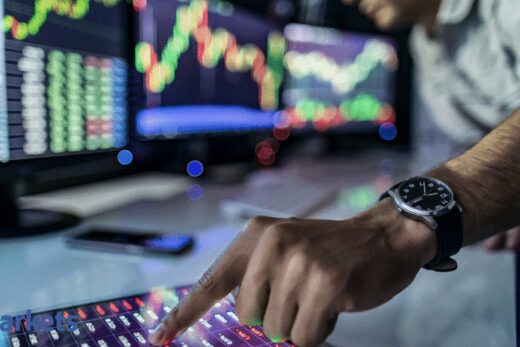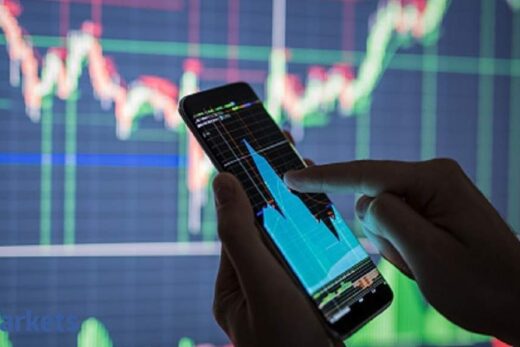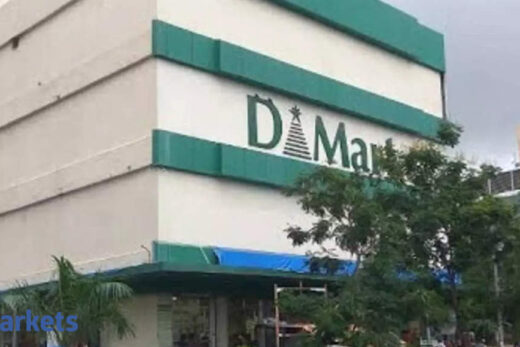In terms of some of the key factors this time around, what really played out for Berger?
Quarter four was good for us. There were a few reasons for it — some temporary and some permanent. One, was the base factor itself. Last year, we had a lower base in March and that helped to some extent. But there were three other reasons. The industrial business started doing well in Q4 and they did quite well. Coupled with that, the project business got bundled up towards the fourth quarter because in the first quarter, we had lockdowns and in the second and third quarters, there was gradual movement in the market and it all got bunched up towards the fourth quarter. But all these were temporary.
Among the permanent causes, we had strong performance in the premium luxury category where we appointed two brand ambassadors – -Akshay Kumar and Kareena Kapoor — and advertised a few of our brands which did very well in Q4 and are going to do well going forward. The other factor which was there was in terms of expansion of the distribution networks, especially in the country markets, where there is still some scope for improvement.
How did the second Covid wave impact demand? What trends did you see in April, May quarter versus the March quarter?
April was good. Of course, we had a zero base but even then, compared to last to last year which is the right kind of comparison, we saw reasonably good growth in April. In May, it was a shortfall against last to last year and last year as well because half the country was under lockdown and the rest was also limping along. So we had a little bit of a shortfall as far as May is concerned. In June, things are gradually opening up. We should be able to be close or exceed last year’s figures. This is how it looks like in the first quarter. There will be good growth on a lower base. This is how it is as of now.
But going forward, we will have to watch how the economy pans out. There are some positives. It seems the monsoon will be good and demand should be back. Overall, the world economy is doing well so after Covid, would typically tend to bounce back. We had seen it last year in India and that may repeat this year as well.
What percentage of your overall sales comes in from the rural end of the market?
That is something which we do not classify as rural or semi-urban or urban. We have the depot town which are the warehouse towns and then we have the up country market. This is how we classify ourselves. So like FMCG companies, we really do not have the absolute rural markets because we need pucca houses and the houses are mainly located in urban clusters and then down the line in the upcountry areas as well. So it is a difficult call for us. We do not measure it in that way but there is a substantial portion of sales coming from upcountry areas.
The second Covid wave has hit the rural belt unlike the first wave of the pandemic. So would it really be a dampener?
It is something which is very worrying. It does not tally with the sort of feedback that we keep getting this time. It may take time for the upcountry areas to bounce back. My feeling is that it will happen sooner.
How did the premium segment work for you in Q4?
The premium segment did very well. We did advertise quite heavily in the fourth quarter. We took two new brand ambassadors as well and there was substantial growth as far as the premium segment was concerned. Of course, there was the fact that the first two quarters saw less sales of premium and luxury segment products which got postponed to the third and the fourth quarters. There was a little bit of a bunching-up effect in the fourth quarter. But overall the demand was good.
What is your pricing strategy to negate the impact of high input costs? Are you going to follow your peers or do you have a margin range that the company is targeting?
We typically do not follow anyone. We have our own strategy going forward and we have taken a price increase effective May 1. We are going to take another price increase around July 1. This is largely because we need to see how the demand pans out after the lockdown. We have already hiked prices of water based products which is covering most of the increases of raw material prices. We need to hike prices of solvent-based products next.
What is the sense that you are getting when it comes to the rise in the input costs? What kind of cost escalation have you seen between Q3 and Q4 and now?
Last year, after the pandemic, raw material prices had fallen down to abnormally low levels which was not sustainable. So, it started moving up and now it is back to pre Covid levels. Some of them have gone up beyond that largely due to temporary disruptions in the supply chain. Some of it was in the US and there were some issues in Texas etc where some of the factories had to go for force majeure closures. But they are all back in action now and some of the prices have started cooling now while some are still at elevated levels. But they are near about pre-Covid levels. We are raising our selling prices wherever it is required to cover the higher raw material costs.
Are you delaying any new launches due to the second wave? What has been the response to some of the recent launches?
We will continue to act on whatever we had launched in Q4. We will continue to advertise those products. As far as new launches are concerned, we have held it back a little bit because of this pandemic and we would like to see how the demand pans out. Of course, the monsoon season is normally a low period for the painting cycle and immediately after that, the market tends to open up for painting in a much more aggressive manner. We may decide to launch those new products in the season probably from September onwards.
What is your market share looking like now?
In the quarter four and last year, we did gain a little bit from both the organised and the unorganised players and so marginal improvement would have happened in the market share. It is still around 18.5% in terms of market share in the overall market.
What kind of opportunity are you seeing in ancillary segments like waterproofing and paints going forward?
We have seen very robust growth in waterproofing. It has been growing steadily for long. We see a lot of future there and therefore we continue to invest. We had also acquired one company called STP which has added more impetus to the waterproofing business for us. As far as ancillaries are concerned, it is a small part of the business. That continues to do reasonably okay but mostly the waterproofing segment has been our growth churner for the time being.



